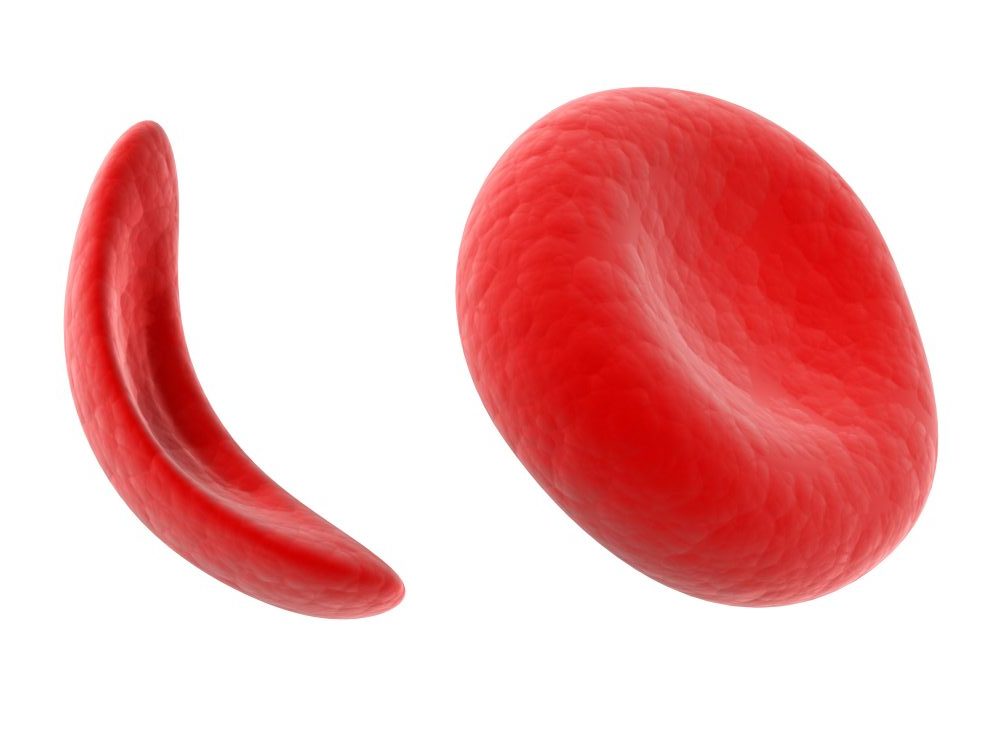Description
Students are presented with a fictional family’s medical history and must work to make a genetic diagnosis. The family depicted in this lab, the Robinson family, has two children, one of whom has had an initial test result indicating possible sickle cell disease. 
This hands-on lab activity exposes students to the fundamental principles of DNA analysis comparing patterns of cleaved DNA by gel electrophoresis. Students will gain familiarity with DNA separation techniques and engage in determiningDNA fragment size to obtain a genetic diagnosis.
- Techniques utilized: DNA gel electrophoresis.
- Time required: can be completed in one 45 min. class period
- Reagents needed: ‘Sickle Cell Genetics Lab’ reagents kit (included in this product), electrophoresis reagents (available separately)
Suggested skill level: Intended for any student seeking familiarity with DNA gel electrophoresis, genetic disease and diagnosis, from middle school to college.
The Sickle Cell Genetics Lab kit contains reagents for 8 lab groups of up to 5 students each (40 students):
- 4 DNA samples for fingerprinting analysis
- 1 tube of DNA molecular weight marker(DNA Ladder)
- Reagents are compatible withblueGel™or other standardDNA electrophoresis systems
Please note:
- These reagents require frozen storage.
- Microtubesand electrophoresis reagents sold separately.
Free miniPCR Learning Lab™downloads:
- Sickle Cell Genetics Lab Instructor’s Guide
- Sickle Cell Genetics Lab Student’s Guide
- Sickle Cell Genetics Lab Classroom Slides
Contact team@minipcr.com for answers key.






